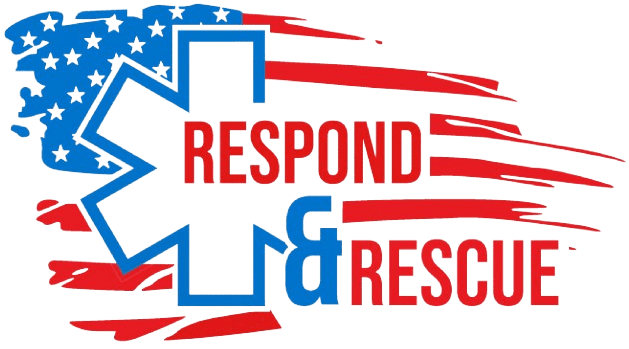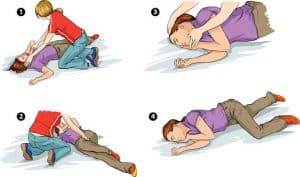Seizures: Understanding, Responding, and Rescuing
Introduction: Seizures can be frightening for both those experiencing and witnessing them. Knowing how to respond effectively can make all the difference whether you’re a bystander or a loved one. In this blog, we’ll delve into what seizures are, how to recognize them, and, most importantly, what to do (and what not to do) to help someone experiencing a seizure.
Seizures are sudden, uncontrolled electrical disturbances in the brain. They can vary widely in severity, duration, and symptoms. Some they may involve convulsions and loss of consciousness, while others may be less noticeable, such as staring spells or momentary confusion.
What to Do:
- Stay Calm: It’s crucial to remain calm and composed. Panicking can escalate the situation and make it more challenging to help effectively.
- Ensure Safety: Move nearby objects out of the person’s way to prevent injury. Cushion their head with something soft if they’re lying down.
- Time of the Seizure: Note the start time of the seizure. Most last only a few minutes. If they last more than five minutes or if a second seizure follows immediately, seek emergency medical help.
- Protect the Person: Gently guide the person from hazards like sharp objects or hot surfaces. Never attempt to restrain their movements.
- Cushion the Head: If someone is lying down, place something soft under their head to prevent injury.
- Turn on Their Side: Once the convulsions subside, gently roll the person onto their side to help keep their airway clear and prevent choking.
- Stay with Them: Stay with the person until it ends and they regain consciousness. Reassure them and offer support.
- Offer Help: After the seizure, offer to assist them in finding a safe place or contacting someone for help if needed.
What Not to Do:
- Do Not Hold Them Down: Never attempt to restrain the person’s movements during a seizure. This can cause injury and prolong the seizure.
- Please do Not Put Anything in Their Mouth: Contrary to popular belief, it’s unnecessary and dangerous to place anything, including your fingers, in the person’s mouth during a seizure. They cannot swallow their tongue.
- Do Not Panic: Panicking can escalate the situation and make it more challenging to help effectively. Take deep breaths and focus on providing support.
- Do Not Assume that not all are the same. Some may be subtle and may not involve convulsions. Be prepared to recognize different seizure presentations.
- Do Not Leave Them Alone: Stay with the person until the seizure ends and they regain consciousness. Leaving them unattended can put them at risk of injury or harm.
Conclusion: Seizures can be alarming, but with the proper knowledge and approach, you can provide valuable assistance to someone experiencing one. Remember to stay calm, ensure safety, and offer support until the seizure subsides. By understanding what to do (and what not to do), you can help ensure the well-being of those experiencing seizures and contribute to a safer, more supportive community.
Sign up for one of our First Aid classes and learn a variety of other medical emergencies and how to provide adequate care.

